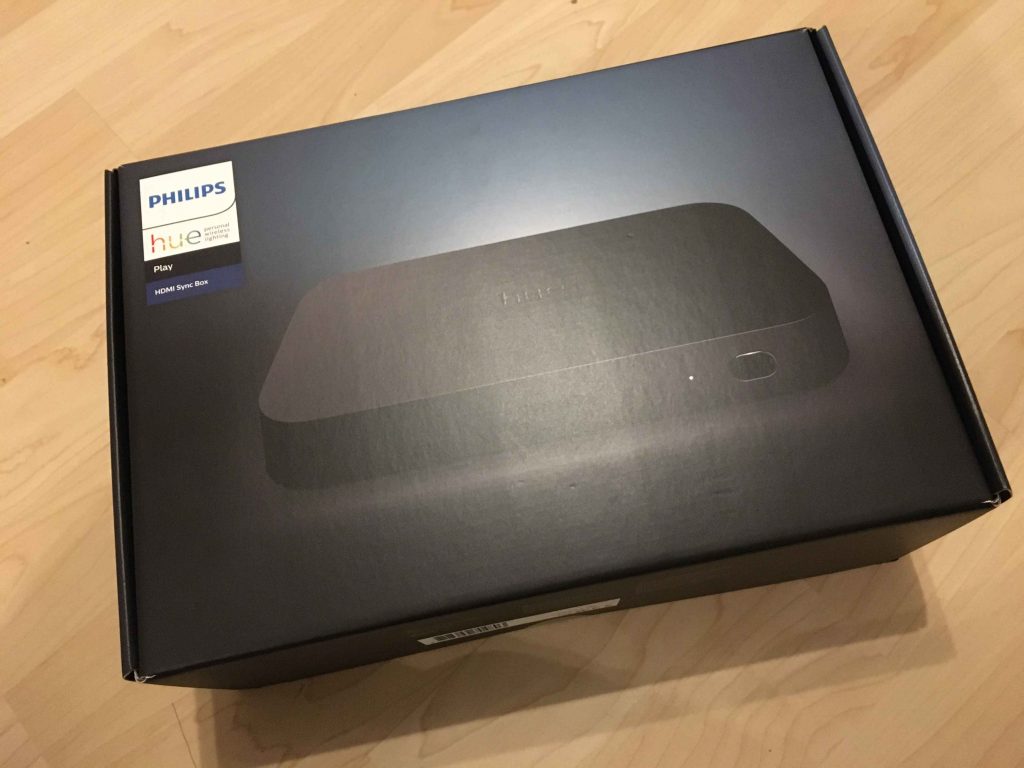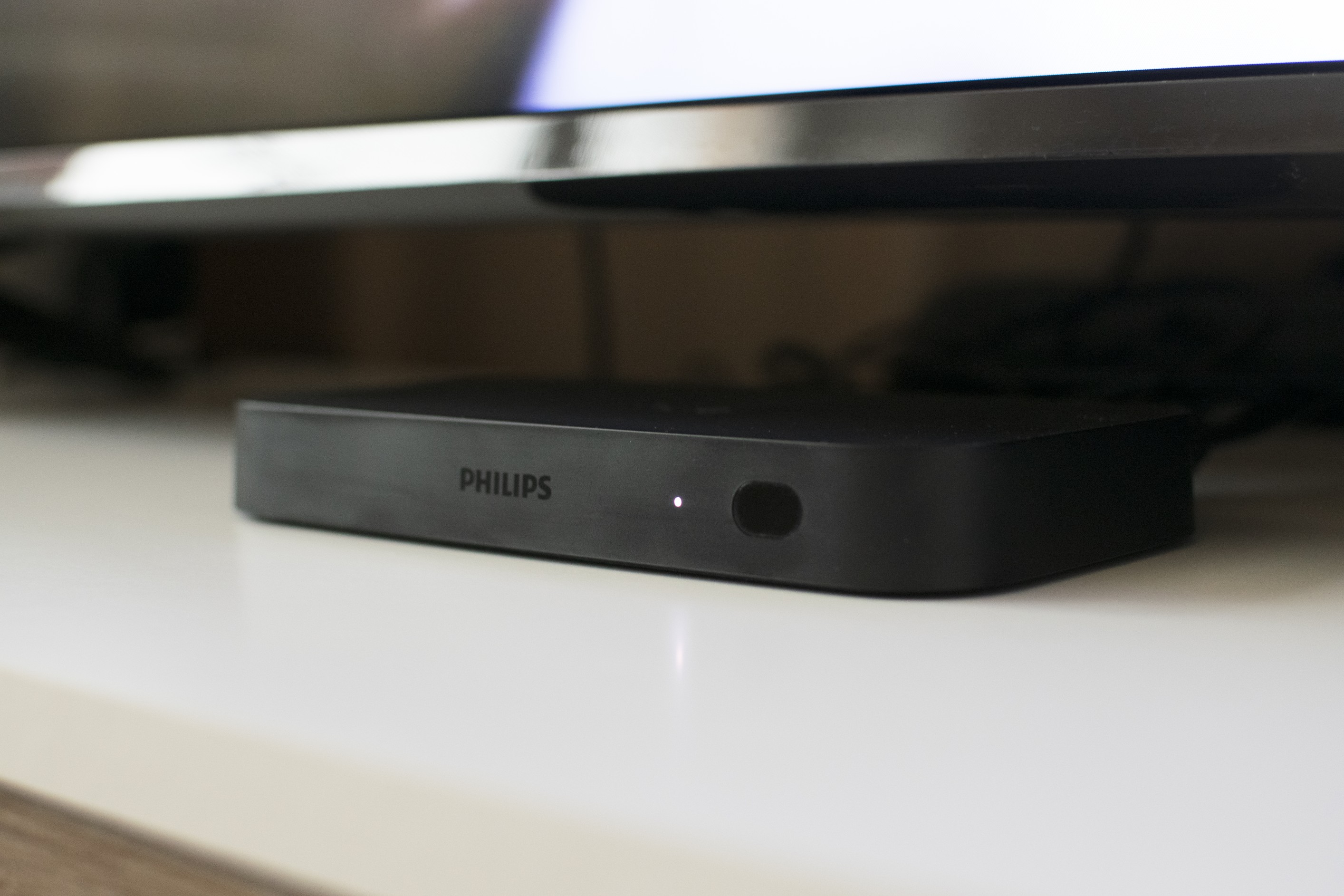

Hyperion also allows you to make your own AmbilightĪlong with this option Hyperion also allows you to build your own Ambilight system and the only thing you would need is a Raspberry Pi and an LED strip that you would place around your television. In the following video you can see the steps and the result. So don’t say it’s not interesting to do something like that either.The Bridge - which is the thing that actually controls your lights When everything is done, from Hyperion you can configure aspects such as the brightness and intensity of the lights, which ones you will use, etc. Once everything is finished, you can forget about it and dedicate yourself to enjoying this very DIY alternative, but perfect to save a lot of money and enjoy a very attractive immersive experience. The splitter will take out a cable for the screen you are going to use (TV, monitor or projector) and another when talking from HDMI to RCA which in turn will go to the USB video capture connected to the Raspberry Pi. Yes, at first it may seem a bit confusing, but it is just following an order and that’s it. Once you have Hyperion installed on your Raspberry Pi, connect all the cables and the rest of the component depending on what you want. That is, if you want to take advantage of this replacement for the Philips Hue Play Sync Box then use the HDMI Switch. From there, that HDMI output to the splitter. It requires you to know English, although you can also use a translator and with a little patience you will not have a problem following each of the steps.
#Phillips hue sync box software
Here it is necessary to clarify that, although the software officially only supports the original Philips Hue API, support can be added for the new Philips Entertainment API with which it would improve the experience.Ībout the Hyperion installation process on Raspberry Pi nothing better than to consult the official documentation that is available on the project’s GitHub page. This will be in charge of analyzing the incoming video signal and then synchronizing with the Philips Hue lights that you have at home.
#Phillips hue sync box install
Now that you have all the necessary components, the next step is to download and install the software that will do all the magic: Hyperion.

HDMI switch in case you want to use it with different video sources.Raspberry Pi, it is worth practically any model. Although you may be interested in a Raspberry Pi 4 Model B with 2GB of RAM.Over time it evolved and not only three-sided Ambilight systems arrived, but also those that allowed the intensity and color to be adapted to create a much more immersive and attractive experience when viewing all kinds of content, from series to movies. At first it was something very basic, since it practically consisted of a series of lights that changed the intensity depending on the image that was shown and only on one pair of sides. If you are interested in the world of televisions we are convinced that you will already know what we mean and even without being a follower of all the news that are related to Smart TVs it is likely that too.Īmbilight is a lighting system that Philips launched many years ago.
#Phillips hue sync box how to
Hyperion also allows you to make your own Ambilight What is Ambilightīefore seeing how to make your own Philips Hue Sync Box it is important to know what Ambilight is.How to make your own Philips Hue Play Sync Box.


 0 kommentar(er)
0 kommentar(er)
